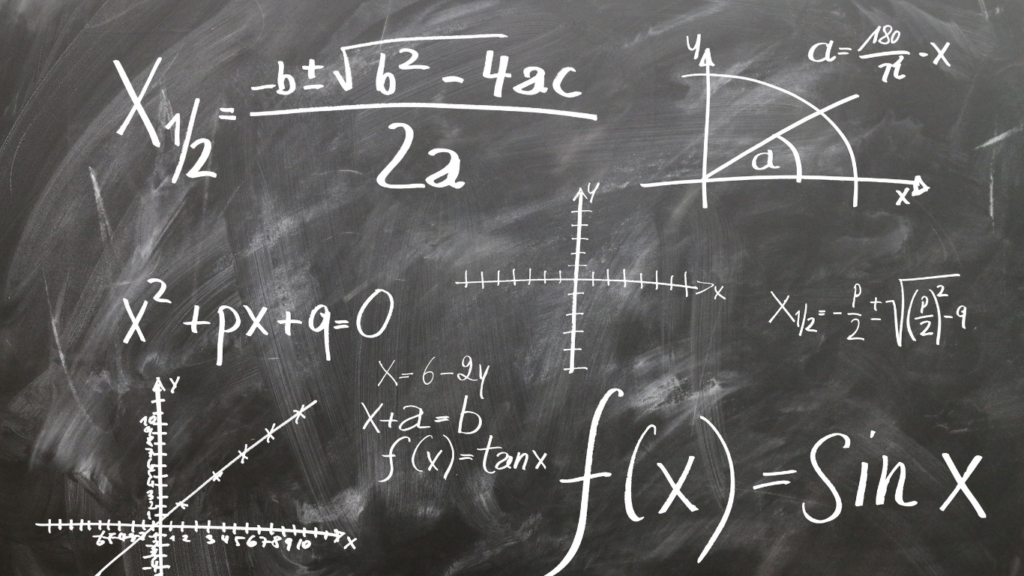Curious about betting systems like Martingale and others? In the world of gambling, strategies for increasing your odds have always been a hot topic. From the well-known Martingale system to other popular methods, players are constantly seeking ways to beat the odds and come out on top.
As an experienced blogger in the gaming industry, I’ve delved into the world of betting systems to uncover what works, what doesn’t, and what you need to know before trying your luck. In this article, I’ll take you on a journey through the intricacies of Martingale and other renowned betting systems.
Whether you’re a seasoned gambler or just starting, understanding these strategies can make a significant difference in your approach to betting. So, sit back, relax, and let’s explore the fascinating realm of betting systems together.
Overview of Betting Systems
Betting systems are structured methods designed to guide individuals in their gambling endeavors. These systems aim to optimize betting strategies, manage risks, and potentially enhance winnings. In the realm of gambling, various betting systems have gained popularity, with each presenting a unique approach to wagering.
- Martingale System: The Martingale system is one of the most well-known betting strategies characterized by doubling the bet after each loss to recoup previous losses and achieve a net profit. While it can lead to quick recovery in the short term, the Martingale system carries the risk of substantial losses if winning streaks are elusive.
- Paroli System: Contrasting the Martingale system, the Paroli system focuses on positive progression, where bets are increased after wins rather than losses. This strategy aims to capitalize on winning streaks and manage potential losses during unfavorable runs.
- Labouchere System: The Labouchere system, also known as the cancellation system, involves determining a sequence of numbers that sum up to the desired profit amount. Players then place bets based on the outer numbers of the sequence and cross them off upon winning, gradually progressing towards their profit goal.
- Fibonacci System: Inspired by the Fibonacci sequence, this system dictates that bets should follow the pattern of adding the two preceding numbers to determine the next bet amount. While considered less aggressive than the Martingale system, the Fibonacci system aims to help mitigate losses during unfavorable betting outcomes.
- D’Alembert System: The D’Alembert system operates on the principle of equilibrium, where players increase bets by one unit after a loss and decrease them by one unit after a win. This approach seeks to create a balanced betting strategy that mitigates risks and fluctuations in the long run.
By exploring these popular betting systems, individuals can gain insights into different wagering techniques and evaluate their compatibility with personal risk preferences and gaming styles. Understanding the principles behind these strategies can empower gamblers to make informed decisions when navigating the dynamic landscape of gambling activities.
The Martingale Betting System
I’ve delved into the Martingale betting system, a popular strategy in the gambling world. Let’s explore how this system works, its pros and cons, and some variations that can be employed.
How Martingale Works
In the Martingale system, I double my bet after each loss, aiming to cover previous losses and make a profit. For example, if I bet $10 and lose, I’ll place a $20 bet in the next round. The idea is that eventually, I’ll win a bet and recover all previous losses while gaining a profit equal to the original stake.
Pros and Cons of Martingale
The Martingale system is favored for its simple and straightforward approach, offering the potential to recoup losses quickly with a single win. However, a major drawback is the risk of significant losses during extended losing streaks.
It requires a substantial bankroll to sustain increasing bets, and there’s no guarantee of winning to offset the losses.
Variations and Adaptations of Martingale
Several variations of the Martingale system exist to modify the original strategy and mitigate potential risks. Some adaptations include setting maximum betting limits, using reverse Martingale (increasing bets after wins), or implementing a modified Martingale (increasing bets by a smaller factor).
These variations aim to tailor the system to individual risk tolerances and playing styles.
Other Popular Betting Systems
When it comes to exploring various betting systems beyond the Martingale approach, several other popular strategies offer distinct methodologies and mechanics that cater to different risk preferences and playing styles.
Let’s delve into three notable systems that have gained recognition in the realm of gambling.
Fibonacci Betting System
In the realm of betting strategies, the Fibonacci system stands out for its unique approach based on the famous mathematical sequence. This system operates by adjusting bets according to the Fibonacci sequence, where each subsequent bet is the sum of the two previous bets.
For example, starting with 1 unit, the sequence would progress as follows: 1, 1, 2, 3, 5, 8, and so on. By following this pattern, the Fibonacci system aims to help players mitigate losses during unfavorable streaks while capitalizing on winning runs to enhance overall profitability.
Labouchere Betting System
The Labouchere system, also known as the Split Martingale or Cancellation system, offers a structured approach to betting that involves determining bet sizes based on a pre-set sequence of numbers. Players create their unique sequence, such as 1-2-3-4, and then place bets equal to the sum of the first and last numbers in the sequence.
Upon winning a bet, the corresponding numbers are removed from the sequence. This system aims to assist players in recovering losses by progressively increasing bets while providing a systematic method for managing risks and potential winnings effectively.
D’Alembert Betting System
The D’Alembert system, named after the French mathematician Jean-Baptiste le Rond d’Alembert, offers a more balanced approach to betting compared to some more aggressive systems. This system operates on the principle of equilibrium, adjusting bets incrementally based on wins and losses.
For each loss, the player increases the subsequent bet by a unit, whereas each win results in a decrease by a unit. The D’Alembert system aims to provide a consistent and methodical approach to betting, allowing players to adapt their wagering based on their performance while striving for overall stability in their gaming sessions.
Critiques on Betting Systems
Moving on to the critiques of popular betting systems, it’s essential to highlight some key aspects to consider when utilizing these strategies. While structured betting systems offer guidance and structure to one’s gambling approach, they are not without their flaws and criticisms.
- Martingale System: The Martingale system is widely known for its simplicity and direct approach to recovering losses. However, critics argue that its reliance on doubling bets after each loss can lead to significant financial risks, especially during prolonged losing streaks.
- Paroli System: Despite its focus on capitalizing on winning streaks by increasing bets after each win, the Paroli system also faces criticism. Opponents of the Paroli system argue that it may encourage gamblers to overextend themselves during winning streaks, potentially leading to reckless betting behavior and heightened financial risks.
- Labouchere System: The Labouchere system’s reliance on a unique sequence of numbers to determine betting amounts has received criticism for its complexity and potential confusion for players. Critics suggest that the intricate nature of creating and managing these sequences may deter some individuals from effectively implementing the system in their gambling strategies.
- Fibonacci System: While the Fibonacci system aims to mitigate losses by adjusting bets based on the Fibonacci sequence, skeptics raise concerns about its effectiveness in real-world gambling scenarios. Critics argue that the system’s reliance on a predetermined sequence may not always align with the unpredictable nature of gambling outcomes, potentially limiting its practical utility for players.
- D’Alembert System: The D’Alembert system’s approach of adjusting bets incrementally based on wins and losses has drawn criticism for its perceived lack of significant impact on long-term profitability. Critics suggest that the system’s moderate adjustments may not provide substantial advantages compared to more aggressive or conservative betting strategies, leading some to question its overall efficacy.
Exploring these critiques sheds light on the limitations and considerations associated with popular betting systems, empowering readers to make informed decisions when incorporating these strategies into their gambling practices.



